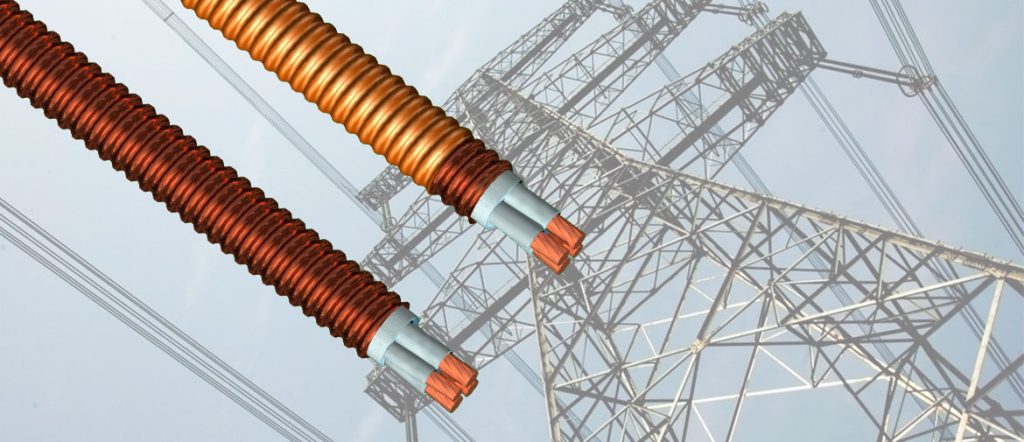Introduction
Power cables are a critical component of any generator system, providing the necessary connection between the generator and the electrical system it powers. Choosing the right power cable for your generator is crucial to ensure efficient and safe operation. In this comprehensive guide, we will explore everything you need to know about power cables for generators, including their types, sizes, materials, and considerations for selection.
Types of Power Cables for Generators
There are several types of power cables that are commonly used with generators, each designed for specific applications and environments. The main types of power cables for generators include:
1. Portable Generator Cords: These are typically shorter cables with plugs on both ends that are used to connect portable generators to appliances or transfer switches. Portable generator cords are often lighter and more flexible, making them ideal for temporary power needs.
2. Extension Cords: Extension cords are longer cables with plugs on both ends that are used to extend the reach of the generator's power output. It is crucial to use heavy-duty extension cords that are rated for the generator's power output to prevent overheating and voltage drop.
3. Transfer Switch Cables: Transfer switch cables are used to connect a generator to a transfer switch, which allows for seamless switching between utility power and generator power. These cables are typically more robust and designed to handle higher power loads.
4. Power Inlet Boxes: Power inlet boxes are mounted on the exterior of a building and provide a weatherproof connection point for the generator's power cable. They are typically hardwired to the building's electrical system and provide a safe and convenient way to connect the generator.
5. Heavy-Duty Power Cables: Heavy-duty power cables are designed for use with larger generators or industrial applications where higher power loads are required. These cables are typically thicker and more durable to handle the increased power demands.
Factors to Consider When Choosing a Power Cable
When selecting a power cable for your generator, there are several factors to consider to ensure optimal performance and safety. Some key factors to keep in mind include:

1. Voltage Rating: It is essential to choose a power cable with a voltage rating that matches the generator's output voltage. Using a power cable with a lower voltage rating can lead to overheating and electrical issues.
2. Current Rating: The power cable's current rating should be able to handle the maximum current that the generator can produce. Choosing a cable with a higher current rating than needed can help prevent overheating and ensure safety.
3. Length: The length of the power cable is crucial, as longer cables can lead to voltage drop and power loss. It is important to choose a cable that is the appropriate length for your needs to maintain efficient power transmission.
4. Cable Size: The size of the power cable, often referred to as the gauge, is determined by the amount of current it can safely carry. Larger gauge cables can handle higher power loads but are also thicker and less flexible.
5. Insulation Material: The insulation material of the power cable plays a significant role in its durability and safety. Common insulation materials include PVC, rubber, and thermoplastic, each with its own advantages and limitations.
6. Environmental Conditions: Consider the environmental conditions in which the power cable will be used, such as temperature, moisture, and exposure to chemicals. Choose a cable that is designed to withstand the specific conditions of your application.
7. Compliance with Standards: Ensure that the power cable you choose complies with relevant industry standards and regulations to guarantee safety and reliability. Look for Weatherproof rubber sheathed cables that are UL-listed or CSA-certified for peace of mind.
Popular Power Cable Materials
Power cables for generators are available in a variety of materials, each offering unique properties and advantages. Some of the most common materials used in power cables include:
1. PVC (Polyvinyl Chloride): PVC is a widely used material for power cables due to its affordability, flexibility, and resistance to abrasion and chemicals. PVC cables are suitable for indoor applications and offer good insulation properties.
2. Rubber: Rubber power cables are known for their durability, flexibility, and resistance to extreme temperatures. They are commonly used in outdoor and industrial settings where ruggedness is required.
3. Thermoplastic: Thermoplastic power cables are lightweight, flexible, and resistant to UV radiation and moisture. They are ideal for outdoor applications where exposure to harsh environmental conditions is a concern.
4. Neoprene: Neoprene power cables are highly resistant to oil, chemicals, and abrasion, making them suitable for industrial and marine applications. They offer excellent durability and flexibility in demanding environments.
5. Cross-linked Polyethylene (XLPE): XLPE power cables are known for their high electrical insulation properties, thermal stability, and resistance to moisture and chemicals. They are commonly used in high-voltage and industrial applications.
Conclusion
Power cables are an essential component of any generator system, providing the critical link between the generator and the electrical system it powers. Choosing the right power cable for your generator is crucial to ensure efficient and safe operation. By considering factors such as voltage rating, current rating, length, cable size, insulation material, environmental conditions, and compliance with standards, you can select a power cable that meets your specific needs and requirements. Whether you are using a portable generator for temporary power or a large industrial generator for continuous operation, selecting the appropriate power cable is key to maximizing performance and reliability.
